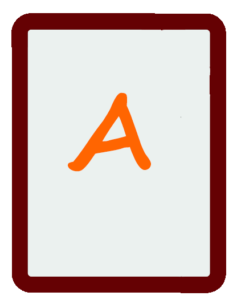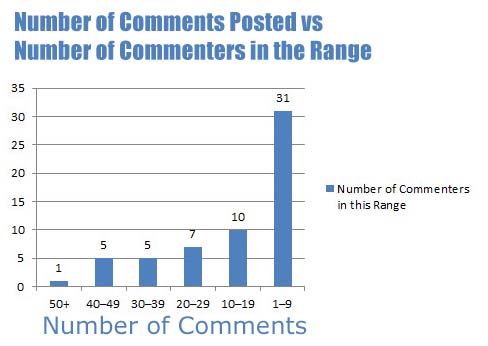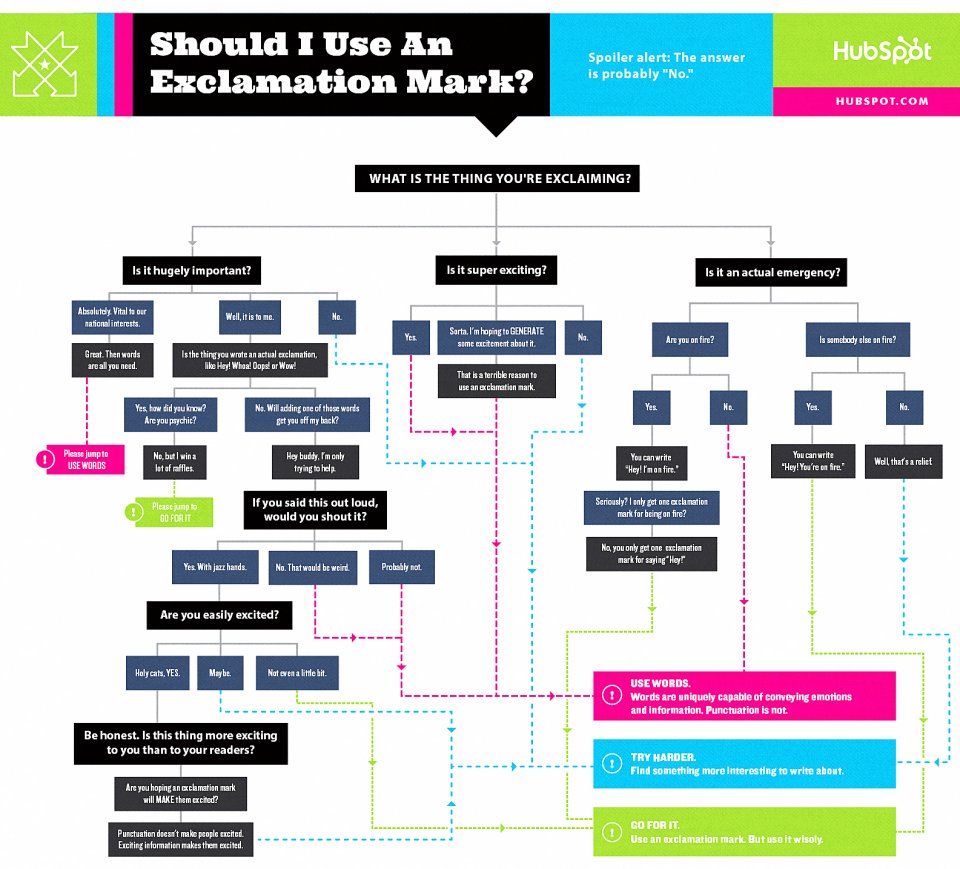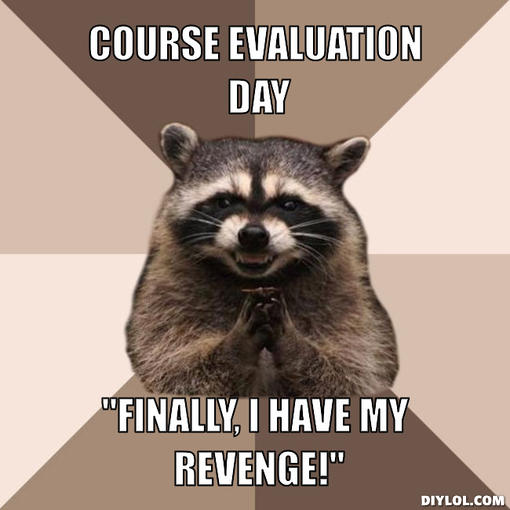In your final exam, you will write a self-evaluation that tells me what grade you deserve in the course. In the workplace, this process would be similar to asking for a raise or some additional perk during your annual review.
You’ll determine the course grade you deserve by returning to the syllabus and requirements page on this site. First, remember that your grades in this course are based 100% on the labor you actively contributed to building and supporting the writing community and the labor you put into completing all the activities and projects in the course. In your final exam, you will present the details on what you have done and avoid making excuses or telling “sob stories.”
Remember that the Grades in Canvas are only a summary of the work that you completed (or did not complete). Your grade is based on your work as outlined on the requirements page.
To Earn a B
 You must have completed the following activities in order to earn a B or higher in this course:
You must have completed the following activities in order to earn a B or higher in this course:
- Create five assigned major projects. You must have a complete on each of the following:
- Professional Bio
- Analysis of Writing in Your Field
- Short Proposal
- Progress Report
- Genre Analysis Report
- Track your work in the course in a Labor Log. You must have a complete on Labor Logs for each of the following dates:
- 09/01
- 09/08
- 09/15
- 09/22
- 09/29
- 10/06
- 10/20
- 10/27
- 11/03
- 11/10
- 11/17
- 12/01
- 12/08
- Share at least one new or revised draft (with framing notes) a week with your writing group.
- Provide formative feedback weekly on the drafts that are submitted by the members of your writing group. You must have a complete on each of the following discussions:
- Evaluate your labor in the course in a performance review, which serves as your final exam (uploaded as an Assignment in Canvas).
To Earn a Grade Lower than a B
If you did not complete all of the activities in the section above, your grade will be lower than a B. Discuss the required work that you did complete, explaining how much of it your completed. You can also refer to any work that you did beyond the basic requirements.
In your final exam, tell me what grade you deserve in the course (B-, C+, D, etc.), using the information from your performance evaluation to support your argument.
To Earn a Grade Higher than a B
 You must have taken an ongoing leadership role by helping to teach the class new things and significantly adding support to the writing community.
You must have taken an ongoing leadership role by helping to teach the class new things and significantly adding support to the writing community.
Your contributions may have been supportive actions that you designed yourself (with feedback from me) or actions that came from a list of possible suggestions.
Be sure to talk about consistency. Your argument is stronger if you demonstrate that you consistently worked toward your goal during the entire term.
Grades higher than a B are earned based on a traditional bell curve: Those students who contributed most significantly will earn an A; those who contributed least significantly will earn a B+. Note that your grade is not based on the number of contributions, but on the value of those contributions to demonstrating your leadership and adding support to the writing community.
As of 12/02, the highest number of comments by a person is 54. The lowest number is 1.

FAQ for Grades in the Course
Last updated on Friday, January 19, 2018
 You must have completed the following activities in order to earn a B or higher in this course:
You must have completed the following activities in order to earn a B or higher in this course: You must have taken an ongoing leadership role by helping to teach the class new things and significantly adding support to the writing community.
You must have taken an ongoing leadership role by helping to teach the class new things and significantly adding support to the writing community.
 Readings for the Week
Readings for the Week



 Our #WednesdayWrite is a little different this week. It’s that time of the semester when all your teachers beg you to complete the SPOT survey, and I want to tell you a little bit about how we use your feedback in my department.
Our #WednesdayWrite is a little different this week. It’s that time of the semester when all your teachers beg you to complete the SPOT survey, and I want to tell you a little bit about how we use your feedback in my department.